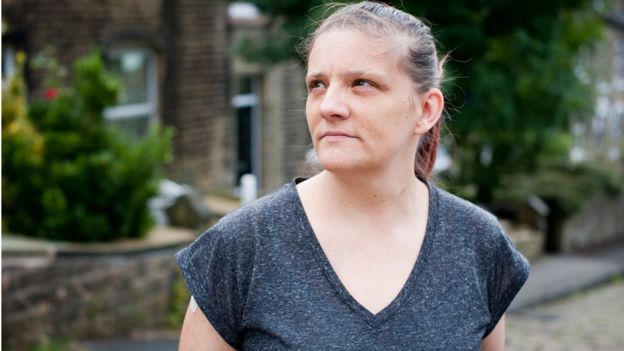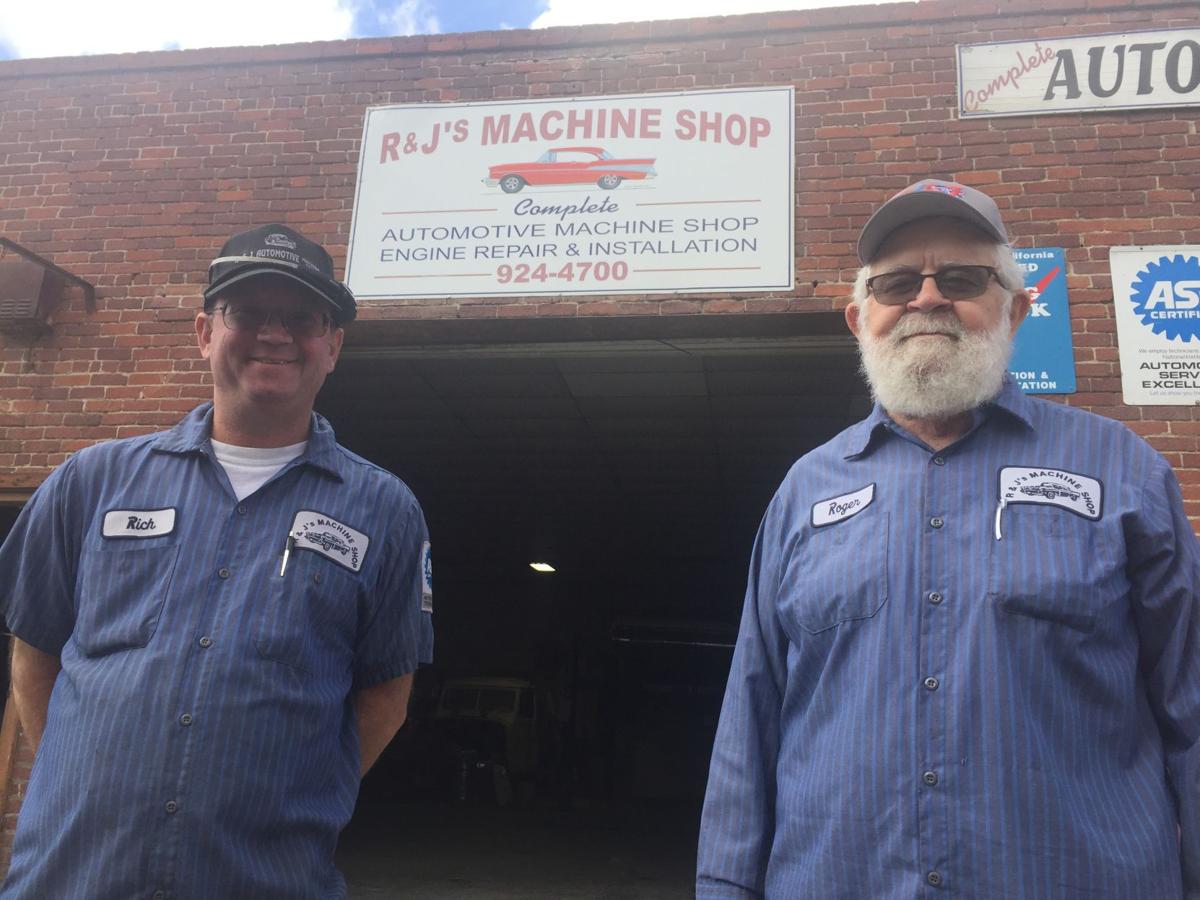From iTech Post, by Christie Abagon
Dutch scientists and engineers have taken a big step towards developing a bionic kidney that could one day potentially replace the need for dialysis or transplantation. They have tested a "living membrane" made with human cells that would be at the heart of a functional artificial kidney implant.
The Device Filtered Out Waste, The Same Way As A Real Kidney
The team presented the advancement at at ASN Kidney Week 2016 November 15-20 at McCormick Place in Chicago, IL. They demonstrated this activity by attaching human renal proximal tubular epithelial cells on the surfaces of artificial hollow structures. These cultured cells indeed function as a living membrane and are able to actively remove the waste products.
"This study shows the successful development of a living membrane consisting of a reproducible ciPTEC monolayer on hollow fiber membranes, an important step towards the development of a bioartificial kidney device," said Professor Dimitrios Stamatialis from University of Twente in Netherlands.
The Bioartificial Kidney Could Replace The Painful Process Of A Dialysis
In the U.S., kidney is one of the commonly transplanted organs, wherein thousands of patients are put on a waiting list for a suitable kidney donor. Another treatment for kidney disease is Dialysis, where it takes over the job of kidney if the organ fails to filter harmful wastes, salt and excessive fluids from the blood. The treatment itself does not hurt, but the needles going in can be painful.
The goal of the Bioartificial kidney is to eliminate the need of dialysis or transplant in millions of people with kidney failure, and hopefully pave the way to similar developments for bioartificial devices for other organs as well.
"The strategies and methods of this work could be relevant to development of other bioartifical organs, such as bioartificial liver or bioartificial pancreas and organs on chips - such as kidney on chip, a lung on chip or a liver on chip," Stamatialis said.
From MedicalResearch.com
Kidney Organoids Derived from Human Pluripotent Stem Cells Model Polycystic Disease
MedicalResearch.com Interview with:
Dr. Ryuji Morizane MD, PhD
Associate Biologist, Renal Division
Brigham and Women’s Hospital
Affiliated Faculty, Harvard Stem Cell Institute
Instructor, Harvard Medical School
MedicalResearch.com: What is the background for this study?
Response: Polycystic kidney disease (PKD) accounts for 10% of end-stage kidney disease (ESKD), and there is currently no curable treatment available for patients with PKD.
The adult onset form of PKD, the most common type of PKD, takes 30 years to form cysts in humans; therefore, it is difficult to study mechanisms of PKD to find novel therapeutics for patients.
MedicalResearch.com: What are the main findings?
Response: Last year, we developed a novel tool, a kidney organoid to study kidney diseases in culture plates. The kidney organoid is a 3-dimensional kidney tissue converted from human skin cells. This time, we have generated kidney organoids from patients with Polycystic kidney disease. The kidney organoids generated from PKD patients exhibited severe cyst formation with clinically relevant characteristics in 4 weeks of experiments.
MedicalResearch.com: What should readers take away from your report?
Response: These results are encouraging, as they indicate that the kidney organoid can be used to study PKD in a realistic time course of experiments to elucidate mechanisms of the disease and to find novel therapeutics in the future.
MedicalResearch.com: What recommendations do you have for future research as a result of this study?
Response: These results indicated that the kidney organoid can be used as a novel tool to study PKD. We recommend that mechanisms of cyst formation in the kidney organoid continue to be investigated ultimately to find new therapeutic approaches for patients with PKD.
MedicalResearch.com: Thank you for your contribution to the MedicalResearch.comcommunity.
Citation:
November 2016ASN Abstract 2139
Kidney Organoids Derived from Human Pluripotent Stem Cells Contain Multiple Kidney Compartments and Model Polycystic Kidney Disease
Living with PKD
Mandy was born with a disease that caused both her kidneys to fail
After years of pain and dialysis, she has just had a kidney transplant
Her mother, brother and two sisters have the same condition
Mandy found out her two youngest children have inherited the disease

Mandy Littlewood is sitting on a park bench with her husband John, their two small dogs are chasing each other up and down the sloping field.
"The kids love to come down and play here as soon as they get home from school," Mandy says.
"It's so convenient as it's just down the road from our house."
But she knows the days of playing carefree in the park are numbered. Millie, 10 and Zac, nine, have inherited a life-threatening disease from her.
Mandy has polycystic kidney disease. It causes fluid-filled cysts to grow in the kidneys over several years. Symptoms, such as chronic pain in the abdomen and urinary tract infections, usually appear between the ages of 30 and 40 but can appear as early as childhood. Sufferers are placed on dialysis and eventually need an organ transplant.
The disease is hereditary and affects Mandy's mother, her sister and two or her aunts and uncles. Her grandmother died from the disease. Someone affected by the condition has a 50% chance of passing it on to their children.
"I've never felt angry about having it as it isn't anyone's fault - it's just something that happens."
Mandy didn't realise she could pass the condition on when she had her first son, Callum, at 19. However she and her husband John knew of the risk before having Millie and Zac.
"John and I had discussed the possibility of passing on the condition but we knew we wanted kids together. I had hoped they would have been spared like my youngest sister. I felt horrendous and so guilty when they were diagnosed.
"I'm glad we got them tested though because now we know to watch their blood pressure and be extra careful if they get infections."
Mandy says the condition only really started to impact on her life six years ago when she was 33.
"I had sharp stabbing pains in my back and side almost constantly. It was too much to cope with and I was prescribed anti-depressants to help with my mood."
She had her first kidney removed in 2011 and was placed on the transplant list in 2012. A year later she was placed on dialysis, which left her feeling exhausted.
"It's taken over my life," she says.
"I had to stop working as a learning disability nurse in 2013 and then stop driving at the start of this year. I didn't like to make plans to go out, in case I had to cancel because I felt rubbish."
Mandy and her family live in Huddersfield - two taxis and a train ride from specialist kidney services in Leeds. It's an issue many people who live far from a larger teaching hospital face.
"John gave up his job as a floorer to take care of me and the kids so we have struggled financially. It costs £30 in taxis and train fare for John to come with me to a hospital appointment."
The NHS first provided patient transport to take Mandy to Leeds for dialysis as it was the closest place with a spot available. She later received dialysis at Wakefield.
"The travel was always a nightmare," says Mandy.
"The patient transport turned the four-hour session into a day-long ordeal. I would be picked up hours before my appointment and then have to wait around after it had finished. As I went three times a week I felt like I was spending my life in hospital."
After two years a spot opened up at the local satellite dialysis unit in Huddersfield. It was a great relief to Mandy. Dialysis left her feeling sick and she was given meal replacements after losing a lot of weight.
"Everything tasted metallic. The kids would come in for their tea and I would have forgotten about it because I wasn't hungry."
This summer there were 141 people in West Yorkshire and 5,066 in the UK waiting for a kidney-only transplant. Waiting times vary due to clinical need and matching between patient and donor. The average waiting time for a kidney-only transplant is 944 days.
In July this year, Mandy finally got the call that there was a possible match.
"They rang early in the morning. I had to wake John and the kids and called my mum to come and take care of them while we rushed to Leeds General Hospital."
The mother-of-three was told she would have a long wait when she arrived at hospital because it was a 'heart-beating' donor. She was then left for hours in a small TV room in St James' Hospital in Leeds.
"I know they were busy but I found that very upsetting. I later found out a lot about my donor's health problems in case I didn't want the organ. It made me feel very sad for him. He had given me such a gift." [Read more]

What is polycystic kidney disease?
About 70,000 adults and children in the UK have Polycystic Kidney Disease
It causes fluid-filled cysts to grow and multiply in both kidneys, eventually causing them to fail
More than half of sufferers will have kidney failure by the time they are 60 years old
High-blood pressure, pain and urinary tract infections are common symptoms
The form Mandy has is the world's most common inherited life-threatening condition
For more information visit the PKD charity website


